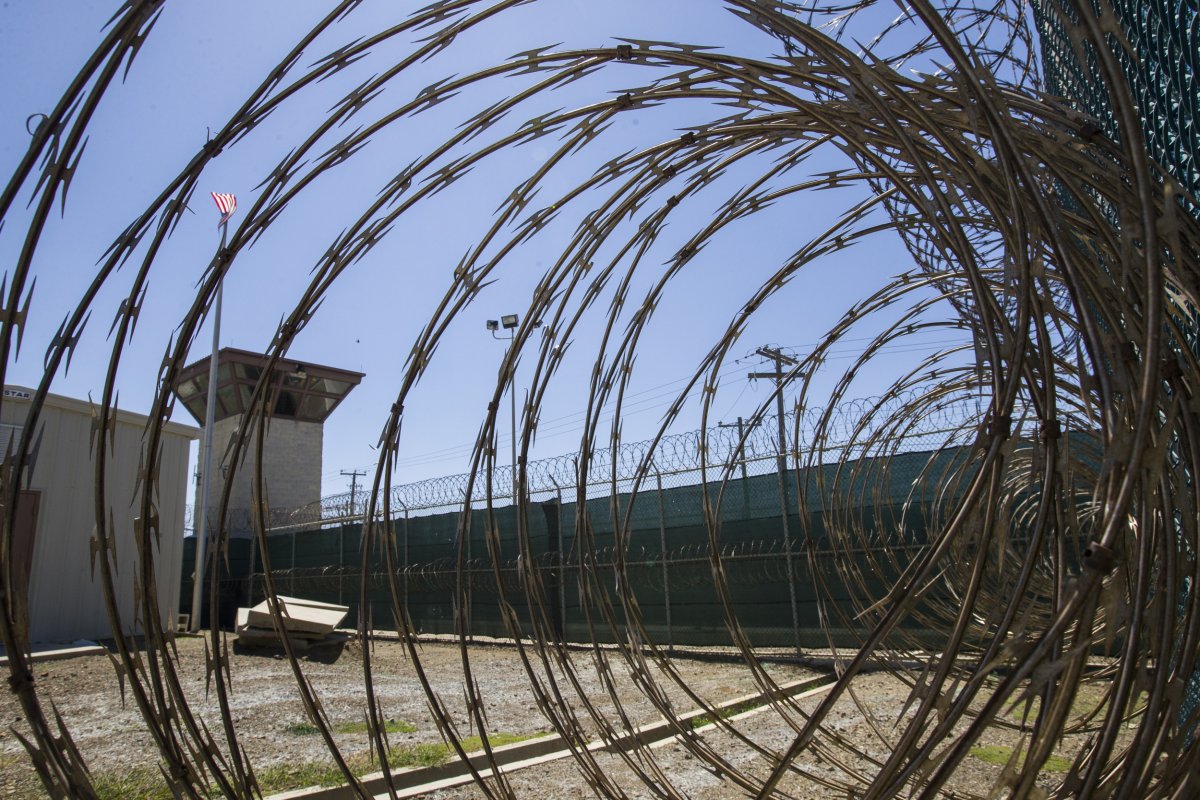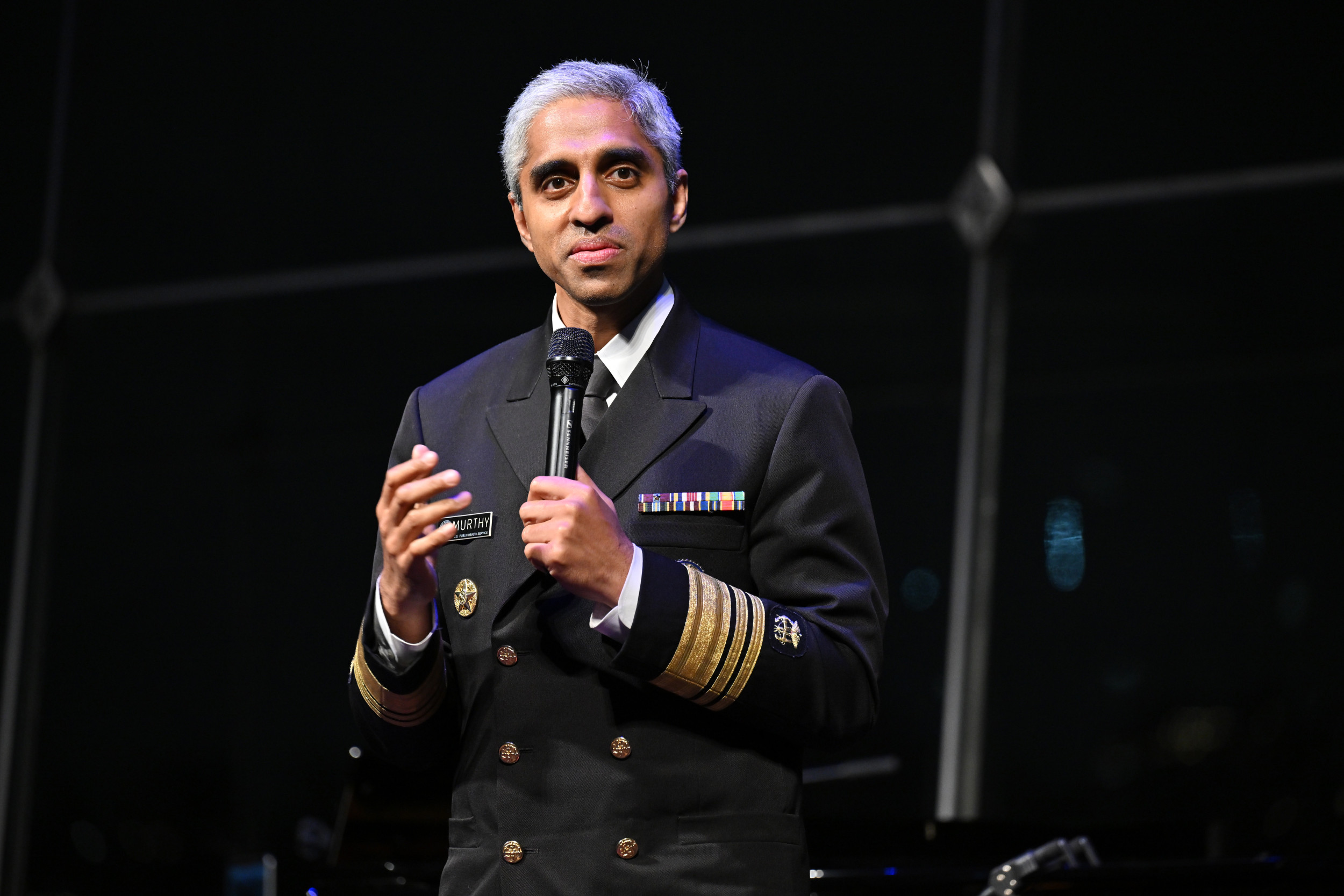The U.S. transferred 11 Yemeni men from Guantánamo Bay to Oman this week, the Pentagon has announced, after holding them for two decades without charge.
Why It Matters
The Biden administration has been pushing to clear Guantánamo of remaining detainees before Biden leaves office. Rights groups and some lawmakers have campaigned for years for successive U.S. administrations to close Guantánamo or, failing that, release all those detainees never charged with a crime.
The latest transfer brings the number of men detained at Guantánamo to 15, the fewest since 2002.
What To Know
Guantánamo was turned into a detention site in 2002 by President George W. Bush's administration.

The site held mostly Muslim men taken into custody around the world in what the U.S. called its "war on terror" where the U.S. invasions of Afghanistan and Iraq and military and covert operations elsewhere followed the Sept. 11, 2001, al-Qaida attacks.
As a result of antiterror-related U.S. operations overseas, Guantánamo held about 800 detainees at its peak.
Push to Release Uncharged Detainees
In December, the Pentagon transferred three Guantánamo Bay detainees, one from Kenya and two from Malaysia, back to their home countries.
The latest release has been complicated by the fact that many of those still imprisoned at Guantánamo were from Yemen, which is a country at war, with its capital held by the Iranian-backed Houthi militant group.
The sultanate of Oman, on the eastern edge of the Arabian Peninsula, did not acknowledge taking in the prisoners early Tuesday.
Officials in the country did not respond to questions from The Associated Press.
The key Western ally has taken in some 30 prisoners since Guantánamo has been used as a prison.
Who Are the Released Detainees?
The latest transfer included Shaqawi al Hajj, who had undergone repeated hunger strikes and hospitalizations at Guantánamo to protest his 21 years in prison.
Before being imprisoned at Guantánamo, Hajj was detained and tortured for two years by the CIA, according to the U.S.-based Center for Constitutional Rights.
What People Are Saying
Cliff Sloan, a lawyer who served as the envoy for Guantánamo closure during the Obama administration, told The New York Times that the transfer was "a significant milestone." He added "But there's still much more that needs to be done."
George M. Clarke, a lawyer for two of the detainees, told The New York Times that Oman was a desired resettlement country for the prisoners. "It's not just culturally compatible," Clarke said. "It's because they are given reasonably decent freedom, and they are properly integrated into society in a successful way. And that's what makes resettlement work."
"They want to live their lives," said Clarke, "They want to get married. They want to have kids. They want to get a job and have normal lives."
What Happens Next
Six never-charged men remain at Guantánamo, along with two convicted and sentenced inmates, and seven others charged with the 2001 attacks, the 2000 bombing of the USS Cole, and 2002 bombings in Bali, Indonesia.
It is unclear what will happen to the remaining prisoners.
This article includes reporting from The Associated Press



















 English (US) ·
English (US) ·